Best Time to Visit Zanzibar
15 April 2025
An enchanting island steeped in history and vibrant culture, Zanzibar lies off the coast of Tanzania in the warm waters of the Indian Ocean. Often called the “Spice Island” for its aromatic history of clove, nutmeg, and cinnamon production, Zanzibar boasts a unique blend of African, Arab, and European influences—reflected in its architecture, cuisine, and traditions. The archipelago is made up of several islands, with Unguja (commonly referred to as Zanzibar Island) being the largest and most visited.
With its equatorial climate, Zanzibar experiences warm, tropical weather year-round. The island’s seasons are defined by two rainy periods and two dry seasons, making it a fascinating destination at any time of year depending on what you’re looking to experience—from sun-drenched beaches to lush spice plantations in bloom.
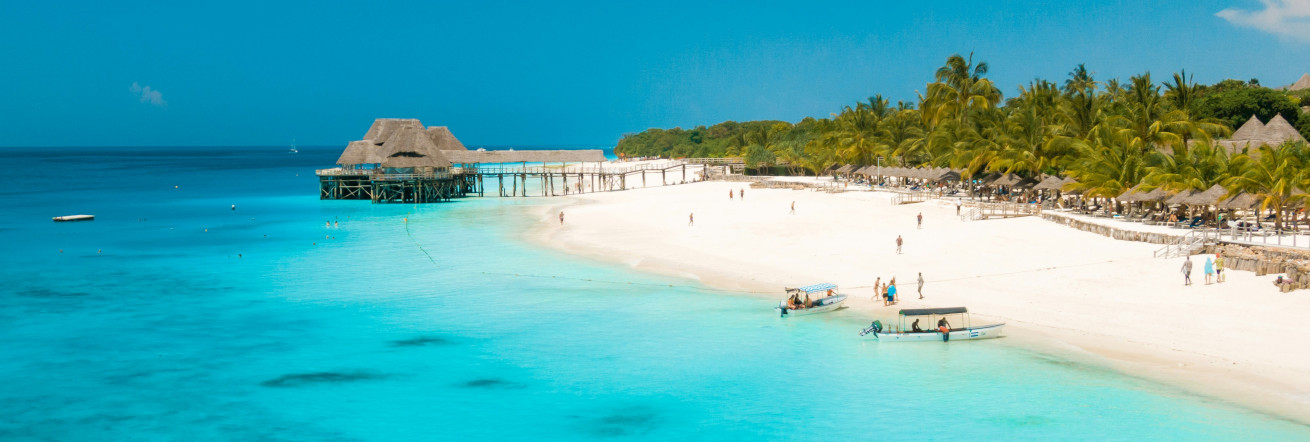
Zanzibar Average Daily Temperatures & Number of Sunny Days
During Zanzibar’s Dry Seasons, which occur from June to October and again from December to February, the island enjoys plenty of sunshine, low humidity, and pleasantly warm temperatures. Average daytime temperatures range between 28–32°C (82–89°F). These months are ideal for beach holidays, snorkelling, diving, and exploring the historic alleys of Stone Town. From June to August, a cool breeze known as the kusi keeps temperatures comfortable, especially along the coast. September and October are particularly appealing with calm seas and vibrant marine life.
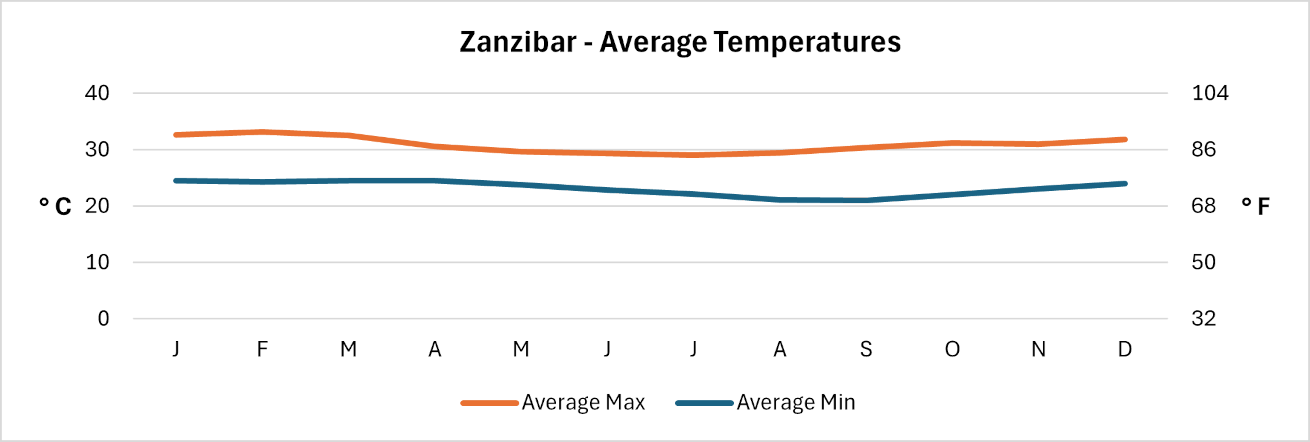
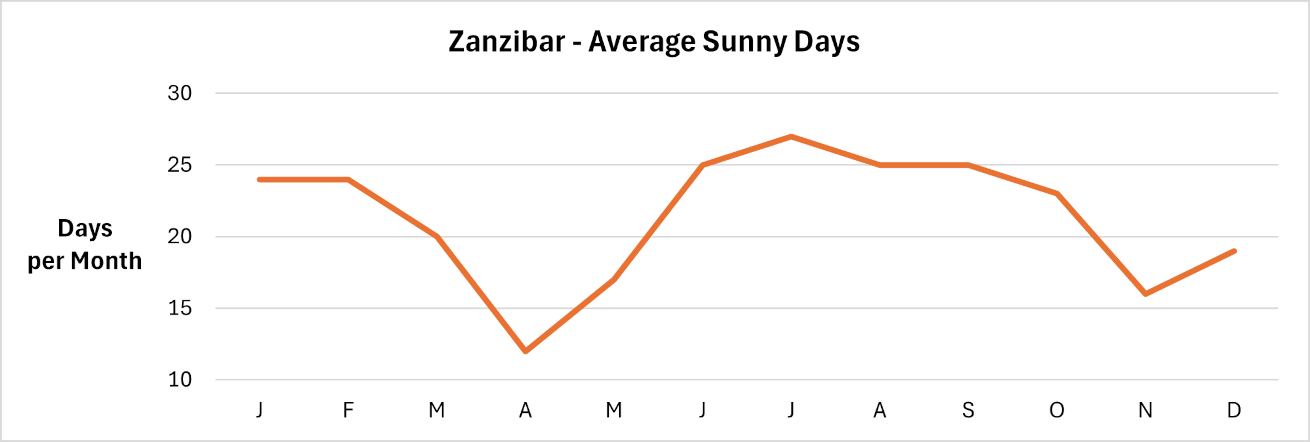
Zanzibar Average Monthly Rainfall
Zanzibar experiences two rainy seasons: the “long rains” from March to May, and the “short rains” typically in November. While March through May sees heavier rainfall, it rarely lasts all day—most showers come in dramatic bursts followed by clear skies. During these months, the island is alive with greenery, and the spice plantations are particularly fragrant and active. Hotel rates drop during this time, offering excellent value for travelers who don’t mind a passing shower or two.
The short rains in November are often light and intermittent, with sunny spells in between, making it a pleasant time to visit with fewer crowds.
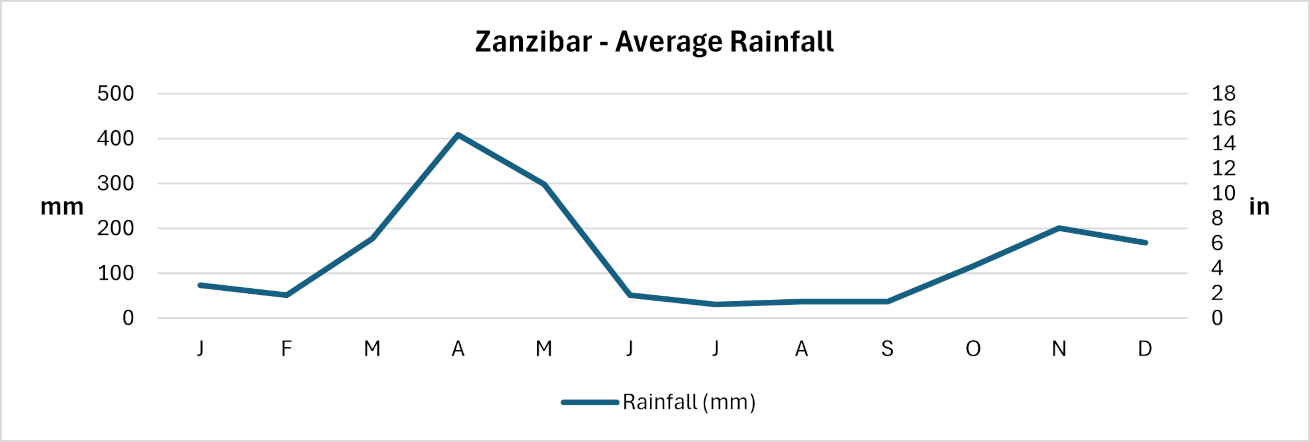
Best Places to Visit in Zanzibar
Stone Town - A UNESCO World Heritage Site, Stone Town is the cultural and historical heart of Zanzibar. With its winding alleys, carved wooden doors, and rooftop views, it’s best explored during the cooler, drier months from June to October, when walking tours are most comfortable. Visit spice markets, museums, and ancient mosques while soaking in the island’s rich heritage.
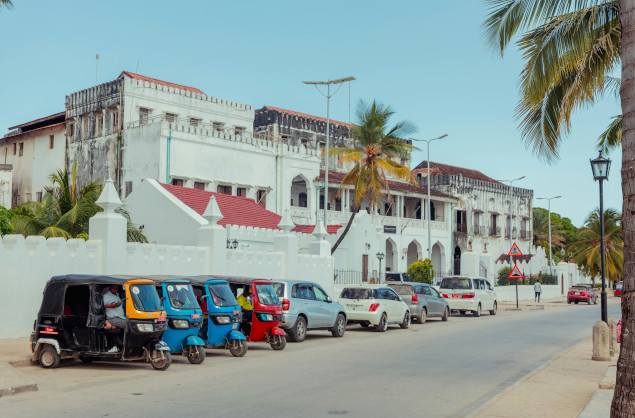

Nungwi & Kendwa Beaches (North Coast) - These beaches are famous for their white sand and clear, calm waters. The tide doesn’t retreat far, making swimming possible all day. Perfect beach weather prevails from December to March, and again from July to October. Sunset cruises, scuba diving, and beachside dining are highlights of the dry seasons.
Paje & Jambiani (East Coast) - These idyllic spots are great for kite surfing, particularly between June and September when the kusi winds are strongest. Low tides expose dramatic sandbars and seaweed farms, offering unique photography and cultural experiences. The wet season brings life to the surrounding vegetation and is a wonderful time to explore the inland forests.
Jozani Forest & Spice Plantations - The Jozani Chwaka Bay National Park, home to the rare Red Colobus monkey, is lush and vibrant year-round, but particularly scenic after the rains from April to June. Nearby spice farms are best visited during or just after the rainy season when the crops are most aromatic and the plantations at their most photogenic.
Diving & Snorkeling in Zanzibar - The surrounding coral reefs make Zanzibar one of East Africa’s premier dive spots. The Mnemba Atoll, Chumbe Island, and the Pemba Channel offer fantastic visibility and abundant marine life. The best underwater visibility and calmest seas are from November to March, while July to October also provides excellent conditions and cooler temperatures.





